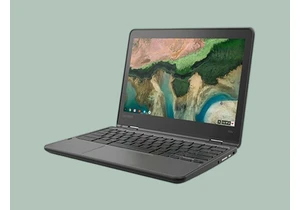 At a glance
At a glanceExpert's Rating
Pros
- PCIe 5.0
- Up to 4TB in capacity (soon)
- Second-fastest SSD we’ve tested overall
Cons
- Not particularly cheap
Our Verdict
The Teamgroup Z540 is a worthy competitor for the PCIe 5.0 performance crown. It’s not cheap, but it’s extremely fast.
Teamgroup’s most excellent Z540 SSD narrowly missed taking the top performance spot among PCIe 5.0 NVMe drives. It’s also priced competitively against the PCIe 5.0 competition. All told, it’s a worthy contender for your storage bucks.
Further reading: See our roundup of the best SSDs to learn about competing products.
What are the Teamgroup Z540’s features?
The T-Force Z540 (T-Force TM8FF1002T) is a 2280 (22mm wide, 80mm long) form factor, NVMe 1.4, four-lane (x4) PCIe 5.0 SSD. It utilizes a Phison PS5026-E26-52 controller to move data to and from its 232–layer, 3D NAND via 2GB of DRAM cache per terabyte of NAND.
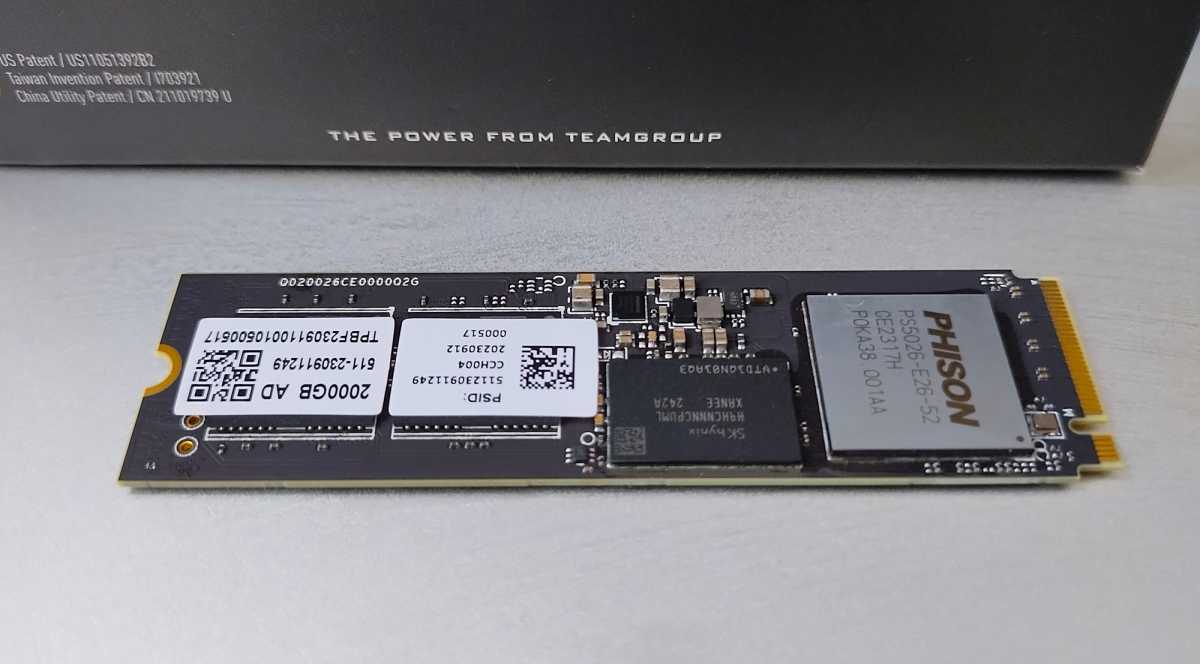
<div class="scrim" style="background-color: #fff" aria-hidden="true"></div>
</div></figure></div>Teamgroup warranties the Z540 for five years, or 600TBW (terabytes written) — whichever comes first. That’s about average these days for a high-end NVMe SSD.
How much is the Teamgroup Z540?
The 1TB version of the Z540 retails for $150. The 2TB version is $260. A 4TB version is $470.
Teamgroup’s T-Force Z540 ranks among the top-performing PCIe 5.0 SSDs.
How fast is the Teamgroup Z540?
The short answer to the question posed above is: very. Though, overall, it fell just behind the Crucial T705, as you go through the charts below, you won’t see a whole lot of difference. The same applies to the also very capable Adata Legend 970 and Corsair MP700 Pro.
Though very fast in CrystalDiskMark 8’s sequential tests, the Z540 lagged most significantly compared to the Crucial T705 when queues were involved. Note that there is not a lot of software (including Windows) that uses queues, so place more weight on the single-queue tests.
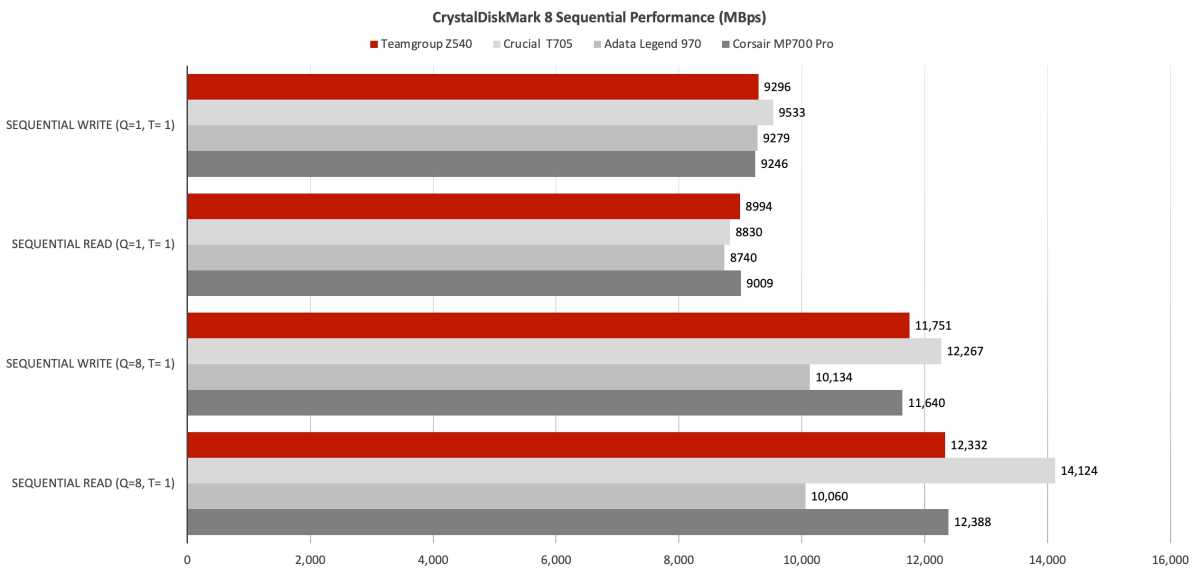
<div class="lightbox-image-container foundry-lightbox"><div class="extendedBlock-wrapper block-coreImage undefined"><figure class="wp-block-image size-large enlarged-image"><img decoding="async" data-wp-bind--src="selectors.core.image.enlargedImgSrc" data-wp-style--object-fit="selectors.core.image.lightboxObjectFit" src="" alt="" class="wp-image-2288288" width="1200" height="574" loading="lazy" /></figure></div> </div></figure></div>The Z540’s random 4K performance was on par for a modern PCIe 5.0 NVMe SSD, only beaten significantly in the 32-queue write by the Adata Legend 970 — by far the fastest writing drive with queues that we’ve tested.
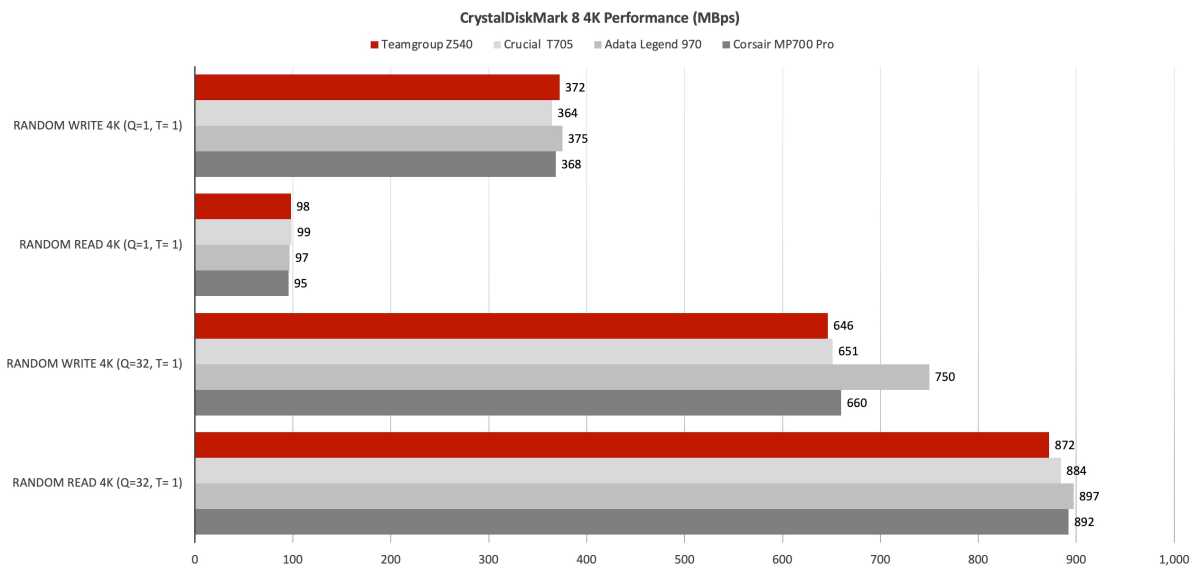
<div class="lightbox-image-container foundry-lightbox"><div class="extendedBlock-wrapper block-coreImage undefined"><figure class="wp-block-image size-large enlarged-image"><img decoding="async" data-wp-bind--src="selectors.core.image.enlargedImgSrc" data-wp-style--object-fit="selectors.core.image.lightboxObjectFit" src="" alt="" class="wp-image-2288289" width="1200" height="574" loading="lazy" /></figure></div> </div></figure></div>The Z540 was very good in the 48GB transfers, if not the best of the four drives compared. Note that for some reason, cheaper Host Memory Buffer (HMB) drives seem to ace our real-world transfers.
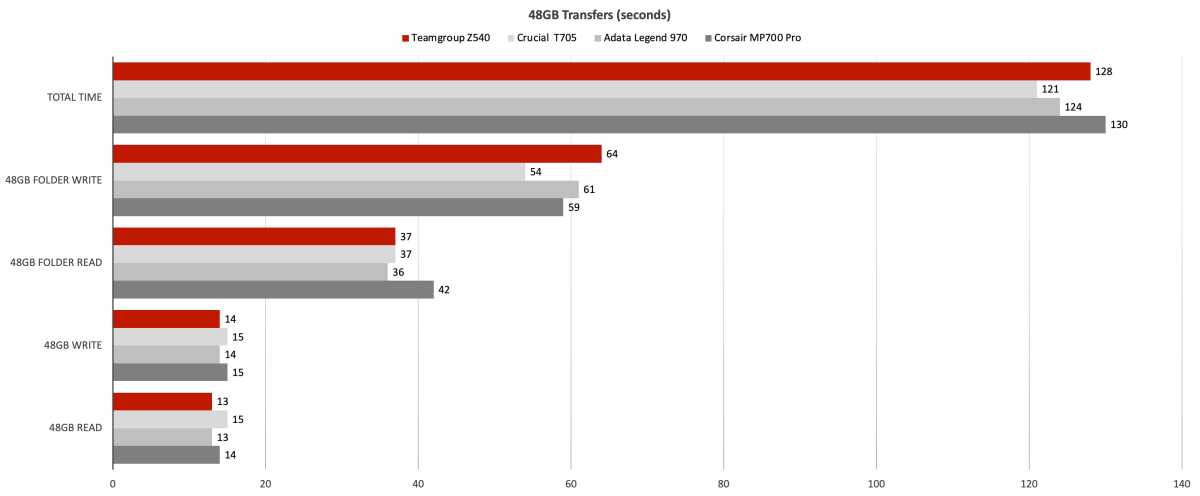
Autentifică-te pentru a adăuga comentarii
Alte posturi din acest grup



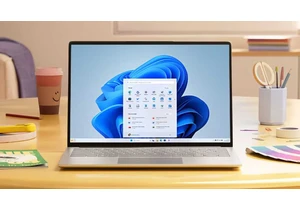
Microsoft has added an OCR function (Optical Character Recognition) t
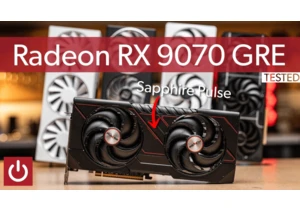
If you’re reading this anywhere outside of China, you probably haven’
